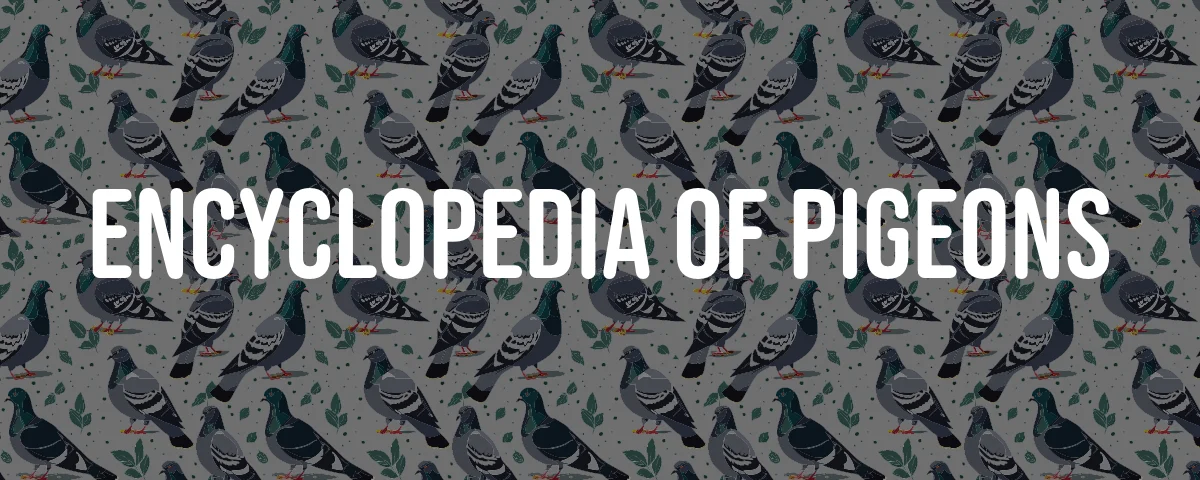The Hungarian Beauty Homer, known in its native language as “Magyar Diszposta,” is a breed of fancy pigeon that has captivated enthusiasts around the world with its striking appearance and gentle nature. This breed, which emerged from a rich tradition of pigeon keeping in Hungary, is a testament to the art and science of pigeon breeding. The Hungarian Beauty Homer is not just a bird; it’s a living piece of history, embodying centuries of selective breeding and the cultural heritage of its homeland.
Origin and History
The Hungarian Beauty Homer’s roots can be traced back to Hungary, where it was developed from various strains of homer pigeons. The breed is a result of meticulous selection for beauty, form, and flying ability. It was first recognized and shown in Germany in 1926, which led to some initial confusion with the German Beauty Homer. However, the Hungarian Beauty Homer has distinct characteristics that set it apart from its German counterpart.
Physical Characteristics
The Hungarian Beauty Homer is admired for its medium size, robust build, and elegant posture. It possesses a unique combination of physical attributes that distinguish it from other pigeon breeds.
Key Data
| Feature | Description |
|---|---|
| Size | Medium |
| Weight | 480-580 grams |
| Body Shape | Robust with a horizontal carriage |
| Head | Semi-circular with a strong beak |
| Neck | Long and slender |
| Legs | Longer than average, clean |
| Tail | Relatively long and horizontal |
| Plumage | Appears in many colors and patterns, including black, red, yellow, barred, checkered, and others |
| Flying Ability | Good |
| Temperament | Gentle, making them suitable as pets |
Colors and Patterns
One of the most remarkable features of the Hungarian Beauty Homer is its wide range of colors and patterns. Breeders have developed this pigeon in self-colors like black, red, and yellow, as well as more complex patterns such as barred, checkered, and white-barred. This diversity in appearance makes each bird a unique specimen, contributing to the breed’s popularity among pigeon fanciers.
Uses
Originally bred for both beauty and flying ability, the Hungarian Beauty Homer has found its niche in the world of pigeon exhibitions and as a cherished pet. Its strong and hardy nature, combined with its attractive appearance, makes it an excellent choice for shows. Additionally, its gentle temperament and good flying ability have made it a favorite among pigeon enthusiasts who appreciate both form and function.
Care and Maintenance
The Hungarian Beauty Homer, like all pigeon breeds, requires proper care to maintain its health and beauty. A balanced diet, clean water, and a spacious loft are essential for their well-being. Regular health check-ups and vaccinations are recommended to prevent common pigeon diseases. Due to their social nature, they thrive in environments where they can interact with other pigeons and their human caretakers.
Interesting Facts
- The Hungarian Beauty Homer is known for its strong attachment to its home loft, displaying remarkable homing instincts.
- This breed is not only appreciated for its physical beauty but also for its serene and friendly nature, making it an ideal companion bird.
- The development of the Hungarian Beauty Homer reflects the rich tradition of pigeon keeping in Hungary, a practice that has been passed down through generations.
The Hungarian Beauty Homer stands as a testament to the beauty and diversity of the pigeon world. Its combination of striking appearance, gentle nature, and historical significance makes it a cherished breed among pigeon fanciers globally. Whether gracing the skies or the exhibition halls, the Hungarian Beauty Homer continues to captivate and inspire, embodying the essence of pigeon beauty and elegance.





